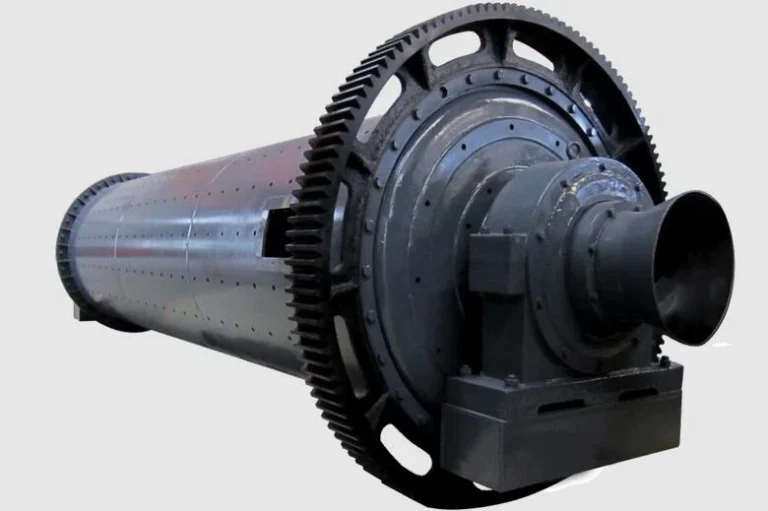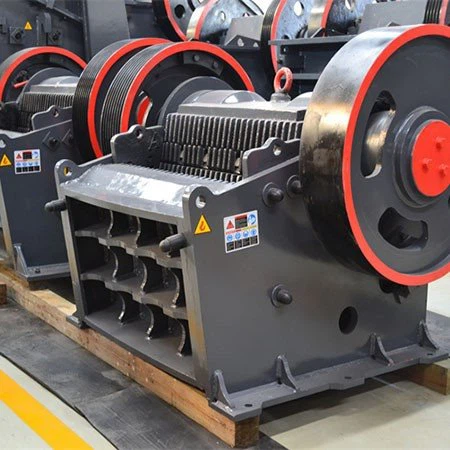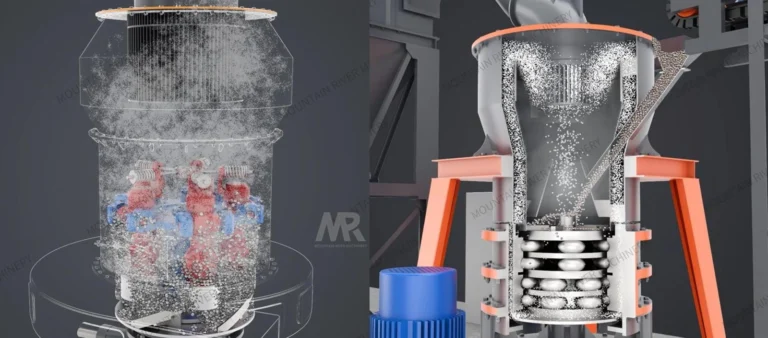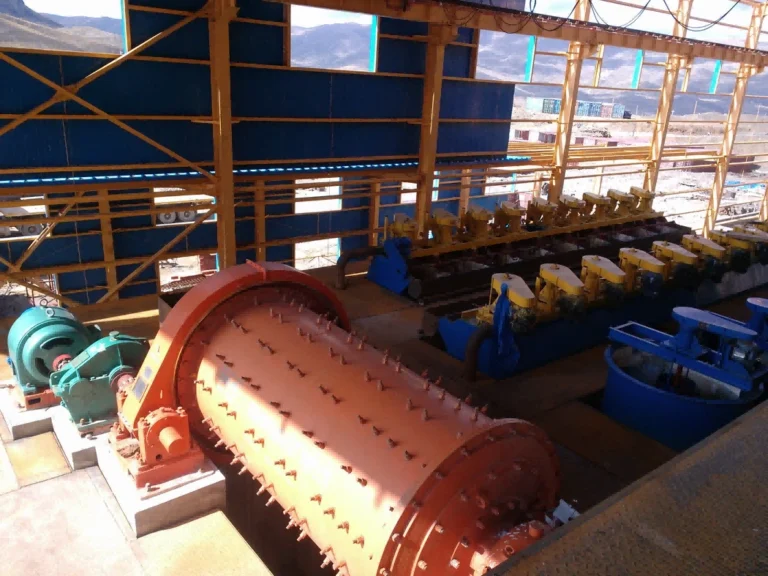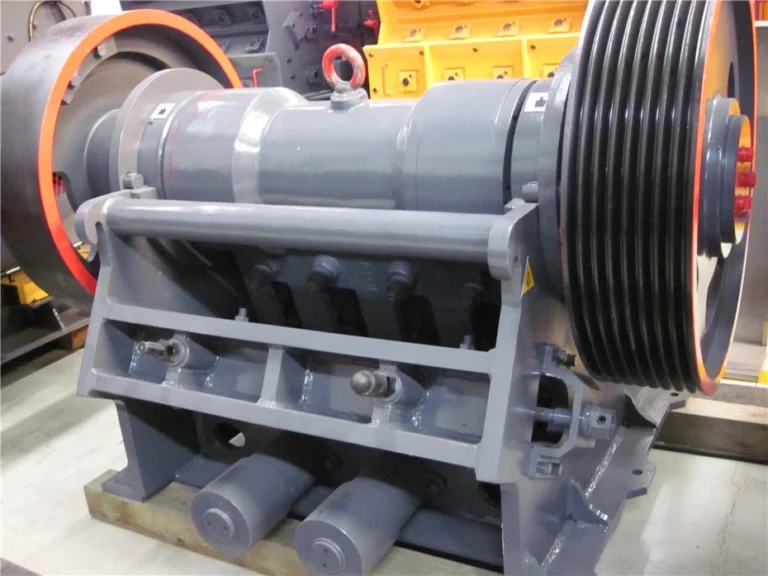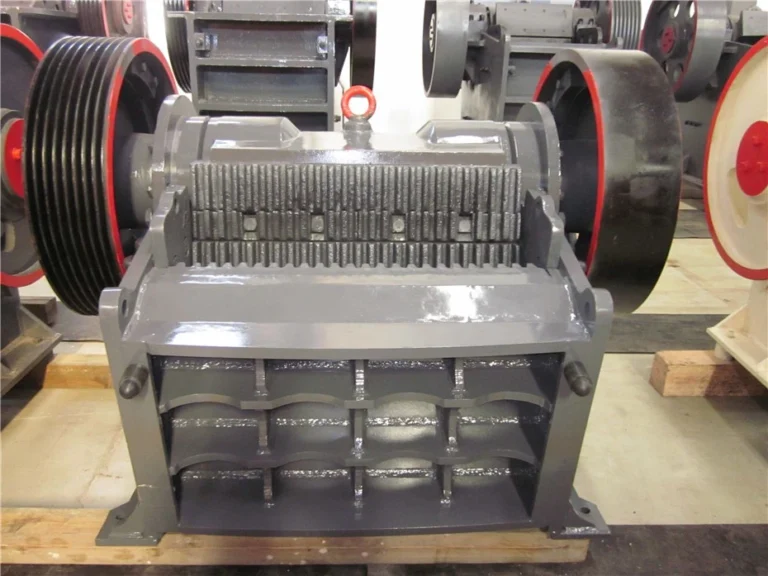What Is The Difference Between Hammer Mill And Jaw Crusher?
Introduction
The mining industry relies heavily on crushers to process raw materials into usable products. They are vital pieces of equipment for both crushing and grinding operations. Two commonly used machines in the mining industry are hammer mills and jaw crushers. Although they have some similarities, there are significant differences between the two machines. This article aims to explain the differences between hammer mills and jaw crushers.
What are Hammer Mills?
A hammer mill is a machine used to shred or crush materials into smaller pieces. The basic design of a hammer mill involves a rotating shaft that is fitted with hammers or blades. The hammers are free to swing on the ends of the cross, or fixed to the central rotor.
What are Jaw Crushers?
A jaw crusher is a machine used to break down large rocks into smaller rocks, gravel, or rock dust. It works by using a compressive force to break down the material. Jaw crushers consist of two jaws, one fixed and one movable. The movable jaw exerts force on the rock by forcing it against the stationary jaw.
Size and Shape of Material
Hammer Mills:
Hammer mills are ideal for breaking down large pieces of material into smaller pieces. They are particularly useful for crushing materials that are friable or fibrous in nature, such as grains, minerals, and biomass. The size and shape of the final product will depend on the size of the screen used in the hammer mill. Hammer mills are often used to produce a wide range of particle sizes, from medium to fine.
Jaw Crushers:
Jaw crushers are ideal for breaking down larger pieces of material into smaller pieces. However, they are primarily used for crushing hard rocks, such as granite, basalt, and quartz. The size and shape of the final product will depend on the distance between the fixed and movable jaw plates. Jaw crushers are often used to produce a relatively uniform product size, with a maximum reduction ratio of 6:1.
Performance
Hammer Mills:
Hammer mills are generally more efficient at breaking down materials than jaw crushers. This is because the hammers work on the material with more force than the jaws, resulting in more efficient particle size reduction. Hammer mills also have a much higher throughput capacity compared to jaw crushers.
Jaw Crushers:
Jaw crushers are generally less efficient at breaking down materials than hammer mills. They rely on compressive force to break down the material, which can result in a lot of energy being wasted on crushing the material. However, jaw crushers are better suited to handling abrasive materials than hammer mills.
Maintenance and Operation
Hammer Mills:
Hammer mills require regular maintenance and are prone to breakdowns, especially if they are used for heavy-duty applications. This is because the hammers can wear down over time, resulting in reduced efficiency. Replacing the hammers can be a time-consuming and costly process.
Jaw Crushers:
Jaw crushers require less maintenance compared to hammer mills because they have fewer moving parts. However, they still require regular lubrication and maintenance to ensure that they function properly. Jaw crushers are also relatively easy to operate, with a simple design that is easy to understand.
Cost
Hammer Mills:
Hammer mills tend to be more expensive than jaw crushers. This is because they require more complex design and manufacturing processes, as well as more expensive materials.
Jaw Crushers:
Jaw crushers are generally cheaper than hammer mills because they are simpler machines and do not require as much material or manufacturing processes.
Conclusion
Both hammer mills and jaw crushers are vital pieces of equipment in the mining industry, but they have significant differences in terms of performance, maintenance, and cost. Hammer mills are generally more efficient at breaking down materials and have a higher throughput capacity, but they require more maintenance and are prone to breakdowns. Jaw crushers are generally less efficient and have a lower throughput capacity, but require less maintenance and are easier to operate. When selecting a machine for the mining industry, it is important to consider factors such as the size and shape of the material, performance, maintenance, and cost.

